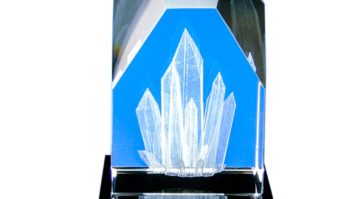WASHINGTON � �At a time when many Americans have come to rely on their smartphones, massive cellular outages were suffered from�Texas�to�Florida�on an even greater scale than in�Superstorm Sandy�five years ago,� writes Sam Matheny in a recent blog post. �…California has also suffered�major outages�in key locations. In Puerto Rico and the Virgin Islands, it may take weeks and even months to�fully restore cellular service�because of the damage to the electric grid. This has been a painful reminder of the need for a redundant and pervasive communications infrastructure, especially in times of disaster and emergency.�
Many of us are dumbfounded at the level of destruction suffered in the southeastern US, Puerto Rico and the U.S. Virgin Islands after Hurricanes Harvey, Irma and Maria. California wildfires have been equally devastating. Communications networks were severely damaged in these areas and public safety officials� ability to disseminate crucial information to affected residents has been substantially diminished.
�In the wake of these storms, a passionate discussion about activating FM radio in smartphones � and, specifically, Apple�s iPhone � has emerged,� writes Matheny. �There has been a good bit of technical back and forth since these calls to �light up the chip,� and this is my effort to try and set the record straight.� Here are some of the salient points Matheny makes:
FM capability is in the iPhone. Tear-down reports from multiple research firms indicate the iPhone uses a communications module that supports Wi-Fi, Bluetooth and FM radio. NAB has been commissioning tear-down reports from ABI Research on the top-selling smartphones since 2012. In the�last report NAB received, the iPhone was the only such smartphone that did not have FM activated on at least one major U.S. carrier.
Apple purposefully does not connect the antenna. While the communications module has FM capability, it must also have access to an antenna to receive this signal. Apple enables the antenna for the Nano and has the expertise to make the FM radio work.�Other manufacturers of smartphones such as Samsung, LG, and HTC have enabled FM radio reception in the U.S. and around the world.
�NAB welcomes the opportunity to collaborate with Apple, even though Apple doesn�t need our help from an engineering perspective,� Matheny writes in the same post. �Apple�s iPhone is a phenomenal device and does so many things well. We hope they recognize that activating the FM capability would make it even better for all of their customers around the world.�
�











